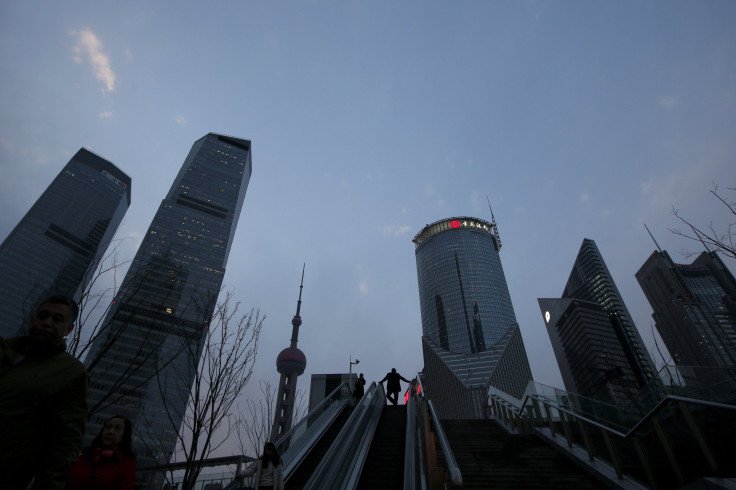China’s Industrial Profits Rise At Fastest Pace Since 2014 In January, February

China's industrial profits rose at their fastest pace in 19 months in the first two months of the year, official data showed Sunday. Profits earned by Chinese industrial firms in January and February rose 4.8 percent from a year earlier to 780.7 billion yuan ($119.8 billion), according to China’s National Bureau of Statistics (NBS).
Industrial profits in China, sometimes known as the “world’s factory floor,” had suffered in 2015 as the country’s economy grew at its slowest pace in 25 years as well as rampant excess capacity and weak demand led to price declines. In December 2015, industrial profits had fallen 4.7 percent.
However, monetary easing by Beijing and stimulus to increase spending on infrastructure have buoyed demand for China’s factory output this year, analysts told the Financial Times.
“The positive trend was driven in part by quicker product sales of industrial firms and a narrowing in the decline of industrial producer prices,” He Ping, an NBS official reportedly said in a statement. Profits grew significantly in the oil processing, electrical machinery and food sectors due to lower oil prices, the official added.
The bureau gives out joint figures for January and February every year to remove seasonal distortions caused by the Lunar New Year holiday, when most companies are closed for week-long celebrations.
Although producer price inflation, which measures wholesale prices, has been negative for 48 straight months, price declines narrowed in February, helping to boost profits.
Combined data for the months of January and February, released by NBS earlier in March, showed that China's industrial output growth cooled to 5.4 percent — below analysts’ expectations of 5.6 percent on an annual basis and down from December’s 5.9 percent rise.
Meanwhile, growth in retail sales, a key gauge of domestic consumption, dropped to 10.2 percent — the lowest level since May 2015, underscoring the challenges the policymakers face in propping up the country’s industrial engines.
© Copyright IBTimes 2025. All rights reserved.





















